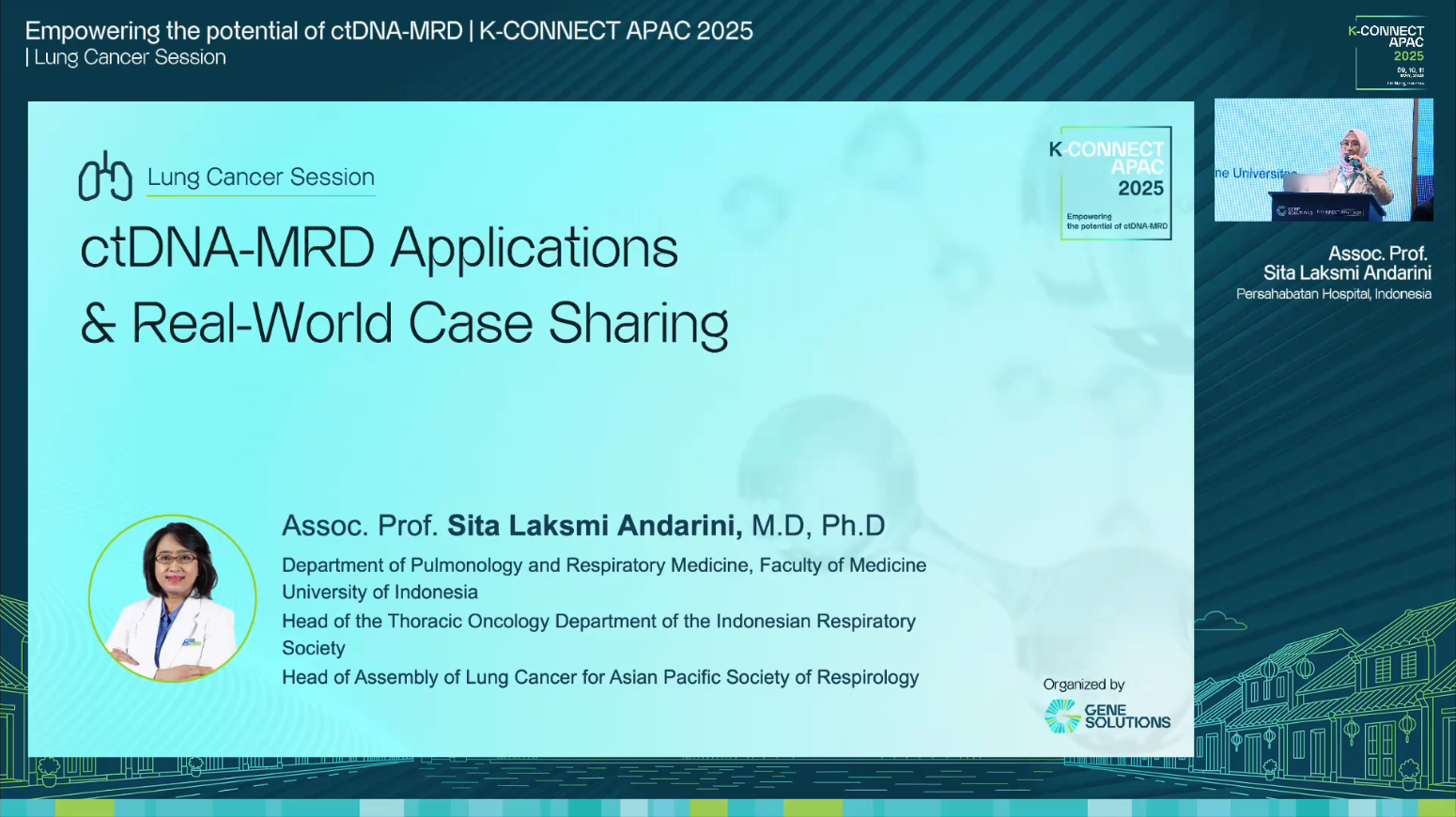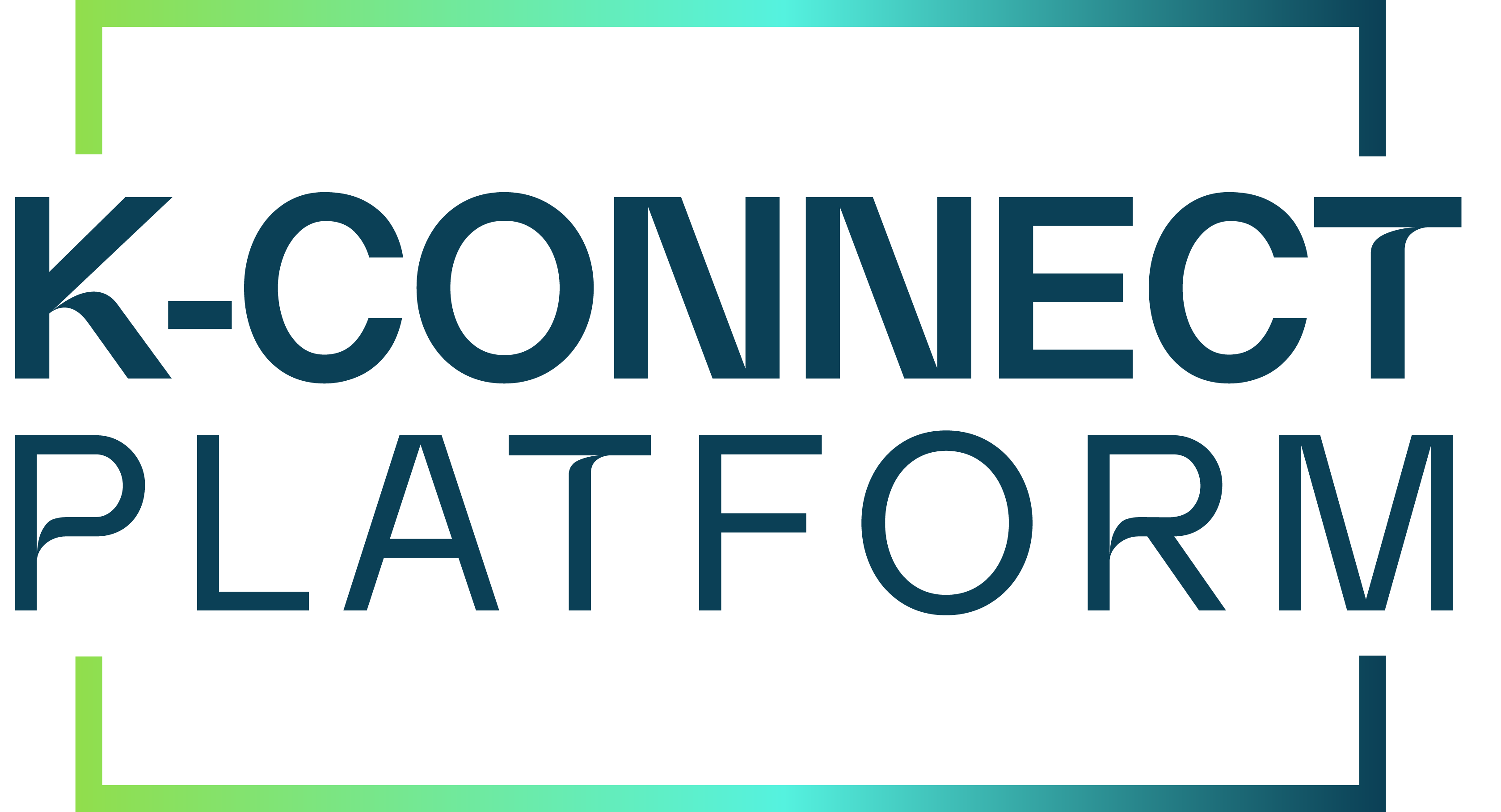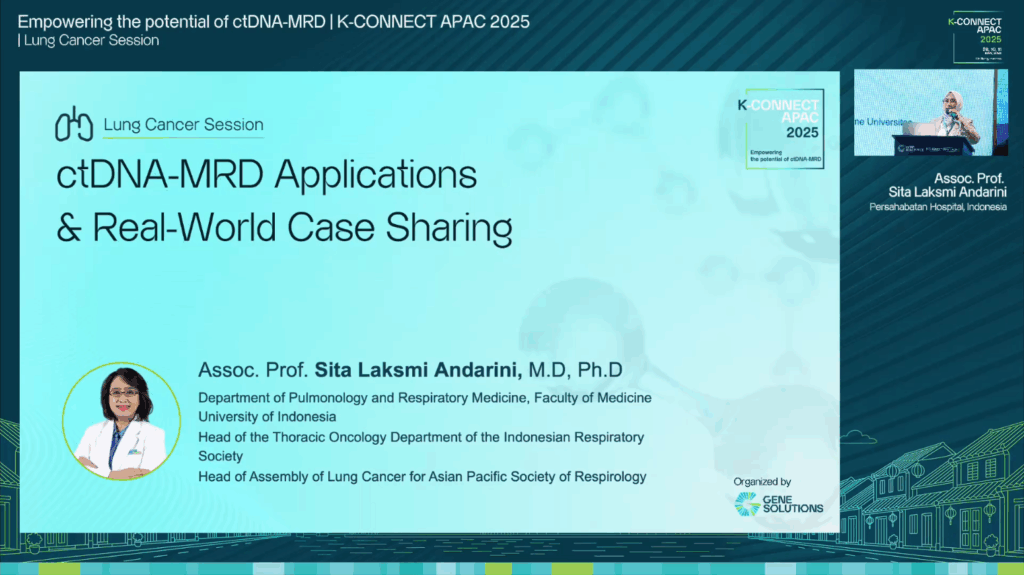
- Version 1.0
- Download 3
- File Size 420 MB
- File Count 1
- Create Date September 29, 2025
- Last Updated December 10, 2025
Personalizing NSCLC Follow-Up and Treatment with ctDNA-MRD: Lessons from Practice
Dr. Sita Andarini from Persahabatan Hospital, Indonesia, presents three real-world NSCLC cases that showcase the clinical value of ctDNA-based minimal residual disease (MRD) monitoring across different disease stages. The cases emphasize how MRD results can guide treatment duration, detect recurrence earlier than imaging, and support decisions when biopsy is not feasible.
In early-stage cases, MRD negativity allowed for confident discontinuation of adjuvant osimertinib and informed follow-up planning. In a complex stage IIIA case, new lesions with low SUV uptake posed challenges for biopsy, raising the question of whether MRD could guide treatment initiation in such scenarios.
These cases highlight ctDNA-MRD as a practical, non-invasive tool that complements imaging and pathology in modern NSCLC management—offering oncologists new possibilities for personalized, data-driven care.


